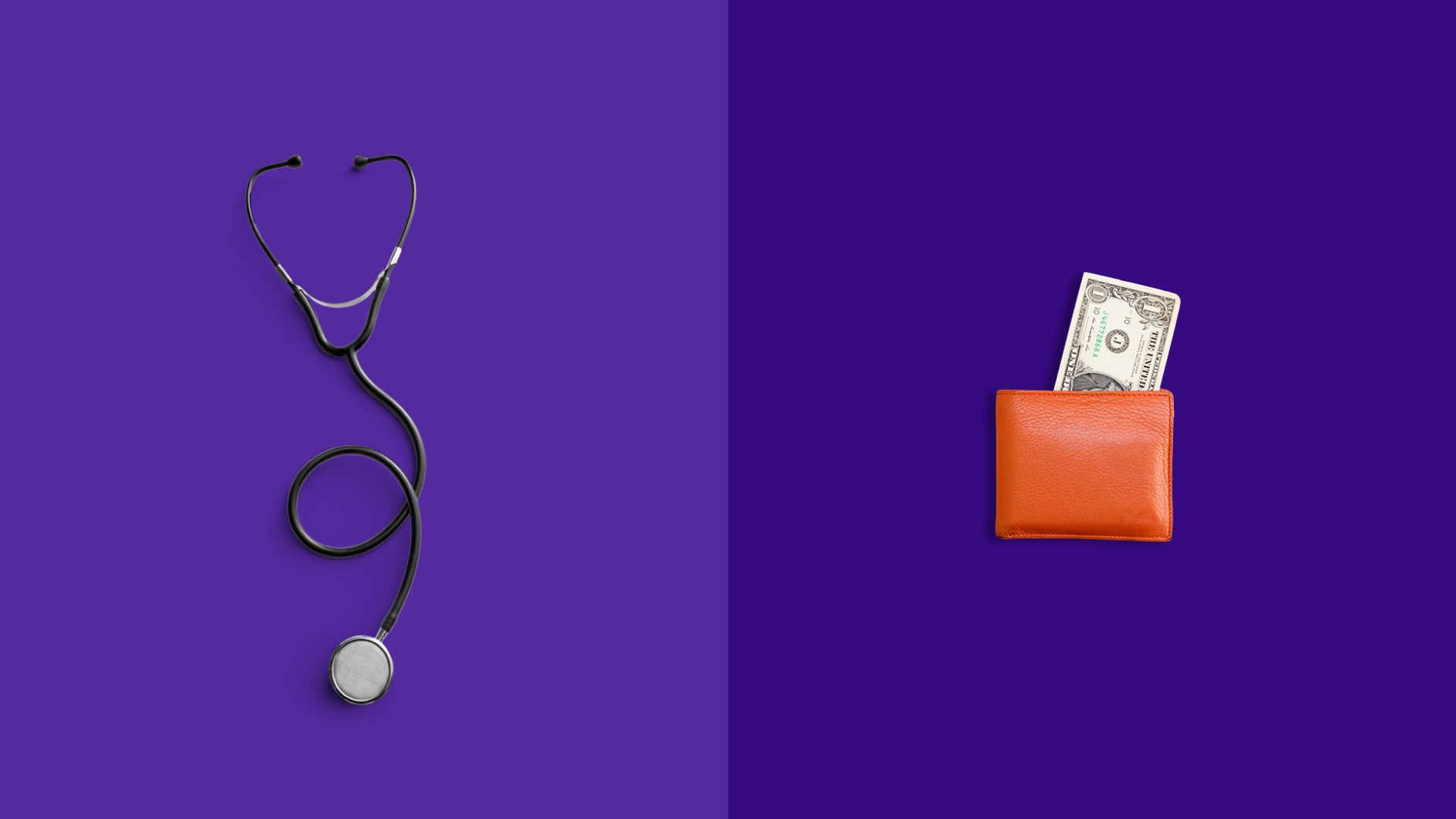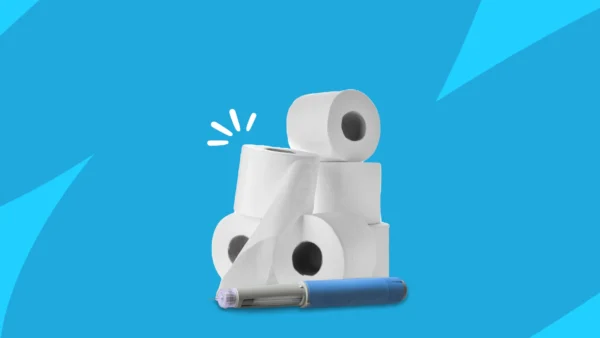Key takeaways
Qulipta is a prescription drug often used for the prevention of migraines.
Without insurance or other assistance, the average cost of Qulipta is more than $1,400 per month.
There’s no generic version of Qulipta yet, but some insurance and Medicare plans may cover it, and there are other (potentially cheaper) alternatives.
Getting free SingleCare coupons, applying for manufacturer discounts, looking into alternatives, and comparing pharmacy prices are all common ways to save on prescription drugs like Qulipta.
Qulipta (atogepant) is a brand-name medication that blocks a nervous system protein called calcitonin gene-related peptides (CGRP) to help prevent episodic migraines and chronic migraines before they start. Some people may get insurance coverage for their Qulipta prescriptions, but without insurance or Medicare, 30, 60 milligram (mg) tablets cost close to $1,500. That price may look intimidating, but there are several ways to make it more affordable.
Is there a generic for Qulipta?
Generic versions typically cost less than their brand-name counterparts, so this is often the first stop for people seeking affordable alternatives to prescription drugs. Unfortunately, Qulipta doesn’t currently have a generic equivalent.
Is Qulipta covered by insurance?
Sometimes yes. Sometimes no. It depends on the specific insurance company and plan. “Many private insurance plans cover Qulipta, but the extent of coverage can vary,” said Taher Saifullah, MD, founder of Spine and Pain Institute in Los Angeles. Some plans may require patients to try other treatments first. Copays and out-of-pocket costs depend on your specific plan.” The only way to know for sure is to check your plan’s formulary—a list that shows how it covers different medications.
Medicare works the same way. Some Part D prescription drug plans will cover Qulipta, while others won’t. Check the formulary or contact the insurance provider to find out. “I’ve seen patients benefit from partial coverage under commercial insurance plans,” said Sazan Sylejmani, Pharm.D. “But Medicare coverage has specific requirements and often involves a higher out-of-pocket expense.”
How much does Qulipta cost without insurance?
The biggest question for anyone who doesn’t have insurance, or whose insurance doesn’t cover Qulipta: How much will it cost? Without health insurance coverage or discounts, Qulipta’s average retail price is $1,490.16 for 30, 60 mg oral tablets—a one-month supply. That breaks down to around $50 per dose of Qulipta, and patients who need an entire year of treatment could end up paying around $17,882 annually.
That’s not an across-the-board price, though. Remember that drugs are products, and like any other product, the amount you pay can vary. Insurance can play a significant role in determining your final out-of-pocket cost, as can the dosage you receive and the pharmacy you visit. Prices on prescription drugs can fluctuate significantly between pharmacies—so your go-to spot might have Qulipta for more or less than a pharmacy across town.
The fact that there’s no generic alternative for Qulipta, yet may also influence its prices. Per Dr. Taifullah, “Patents and market exclusivity periods allow the manufacturer to set higher prices without competition from generics.” However, that doesn’t mean there are no other options for migraine prevention and treatment. In fact, there are quite a few, including other CGRP inhibitors (aka CGRP receptor antagonists), anticonvulsants, antidepressants, and beta blockers.
Compare Qulipta prices to related drugs |
|||
|---|---|---|---|
| Drug name | Price without insurance of brand-name drug | SingleCare price | Savings options |
| Qulipta (atogepant) | $1,490 per 30, 60 mg tablets | $903 for 30, 60 mg tablets of brand-name Qulipta | See latest prices |
| Ubrelvy (ubrogepant) | $1,361 for 10, 100 mg tablets | $926 for 10, 100 mg tablets of brand-name Ubrelvy | See latest prices |
| Nurtec (rimegepant) | $1,354 for 8 orally disintegrating tablets | $851 for 8 orally disintegrating tablets of brand-name Nurtec | See latest prices |
| Zavzpret (zavegepant) | $1,459 per 6, 10 mg/act nasal spray solution | $1,071 for 6, 10 mg/act nasal spray solution of brand-name Zavzpret | See latest prices |
| Aimovig (erenumab-aooe) | $1,049 for 1, 1 ml of 140 mg/ml injector pen | $739 for 1, 1 ml of 140 mg/ml injector pen of brand-name Aimovig | See latest prices |
| Emgality (galcanezumab) | $939 for 1, 1 ml of 120 mg/ml injector pen | $641 for 1, 1 ml of 120 mg/ml injector pen of brand-name Emgality | See latest prices |
Prescription drug prices often change. These are the most accurate medication prices at the time of publishing. The listed price without insurance references the price of brand-name drugs (unless otherwise specified). Click the link under “Savings options” to see the latest drug prices.
How to get Qulipta without insurance
Insurance doesn’t make or break your ability to get Qulipta at less than full price. In fact, there are several ways to save money on your prescription, including some that offer significant discounts. Here are a few we recommend.
1. Get free Qulipta coupons
Using a SingleCare discount card can take hundreds off the price of Qulipta—taking it from the $1,490 average as low as $903. It’s free to sign up, activate the discounts, and show it to your pharmacist at any of over 35,000 participating pharmacies. You can use SingleCare whether or not you have insurance, but you can’t stack discounts on top of your coverage.
2. Apply for manufacturer discounts
Recognizing that private insurance plans don’t always cover Qulipta’s full price, the drug’s manufacturer, AbbVie introduced the Qulipta Complete Savings Card. Insured patients whose plans cover some, but not all, of their out-of-pockets are eligible, as long as they don’t receive benefits from any government healthcare programs—like Medicare, Medicaid, TriCare, or Veterans Affairs programs. This savings program will cover up to $7,000 per calendar year, which means some patients might not pay anything. For other eligibility requirements, see the Qulipta website.
AbbVie also has a program called myAbbVie Assist, which provides free medications, including Qulipta, to qualifying patients. Eligible patients must be uninsured or have very limited insurance coverage, live in the United States, and meet specific income criteria.
3. Ask about a 90-day prescription
If warehouse stores have taught us anything, it’s that buying in bulk can be both cost-effective and convenient. And that goes for prescriptions too. Some doctors default to 30-day prescriptions, but “buying a 90-day supply instead of a 30-day supply can sometimes reduce the cost per dose,” according to Dr. Saifullah.
Studies back that up, showing that patients who get 90-day prescriptions pay less on average than those with 30-day prescriptions. Plus, they can reduce copay costs, since you’ll only need to get refills four times a year instead of twelve.
4. Consider alternatives
A glance at the table above is enough to know that there are plenty of other treatments for migraine attacks, and some of them might be substantially cheaper than Qulipta. For example, Emgality could cost around $641 with SingleCare coupons, and drugs from other classes—like antidepressants or anticonvulsants—might cost even less. Ask your healthcare provider for medical advice on which other prescription drugs, OTC options, or supplements might work well for your specific circumstances.
“Patients should consult their pharmacists about generic alternatives or other migraine medications like Aimovig or Emgality, which might be more affordable under their insurance plans,” Dr. Sylejmani said. In a case at his pharmacy, “a patient switched to an alternative medication after we coordinated with their healthcare provider and insurance. The alternative was fully covered, saving the patient over $800 annually.”
5. Look into other patient assistance programs
The government has a couple of programs that can help individuals—mainly Medicare beneficiaries—pay for their prescription drugs. Medicaid is the most well-known, but there’s also Medicare Extra Help. State governments also have programs, but the specifics vary. Nonprofits like the Patient Advocate Foundation and the PAN Foundation are other solid resources.
6. Compare prices
Since pharmacies all set their own prices, it can pay to shop around. A study from the U.S. Public Interest Research Groups published in 2019 found that patients could save hundreds of dollars per year by doing so. Of course, the exact savings depend on the drug, patient, and location, but potentially saving thousands is definitely worth a little preliminary research.
Sources
- Generic drugs: Questions & answers, Food and Drug Administration (2021)
- Migraine medications, StatPearls (2023)
- Qulipta Complete Savings Card, AbbVie
- myAbbVie Assist, AbbVie.com
- Income criteria, AbbVie.com
- Medication days’ supply, adherence, wastage, and cost among chronic patients in Medicaid, Medicare & Medicaid Research Review (2012)
- Help with drug costs, Medicare.gov
- The real price of medications, U.S. Public Interest Research Groups (2019)











